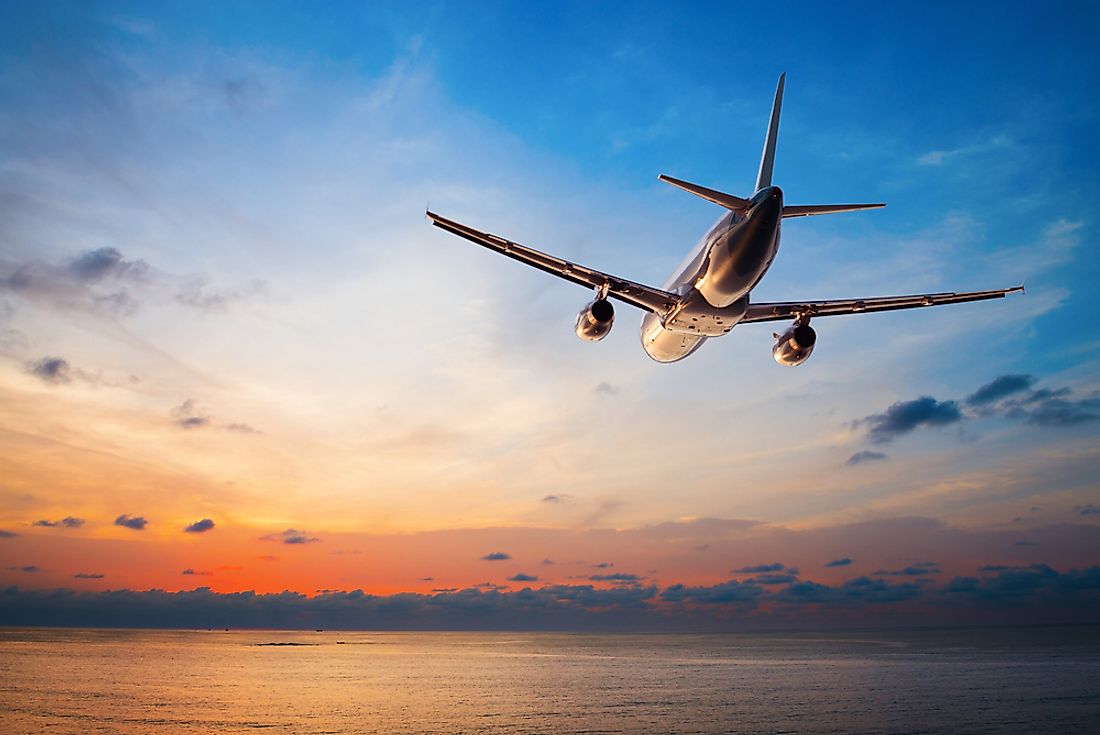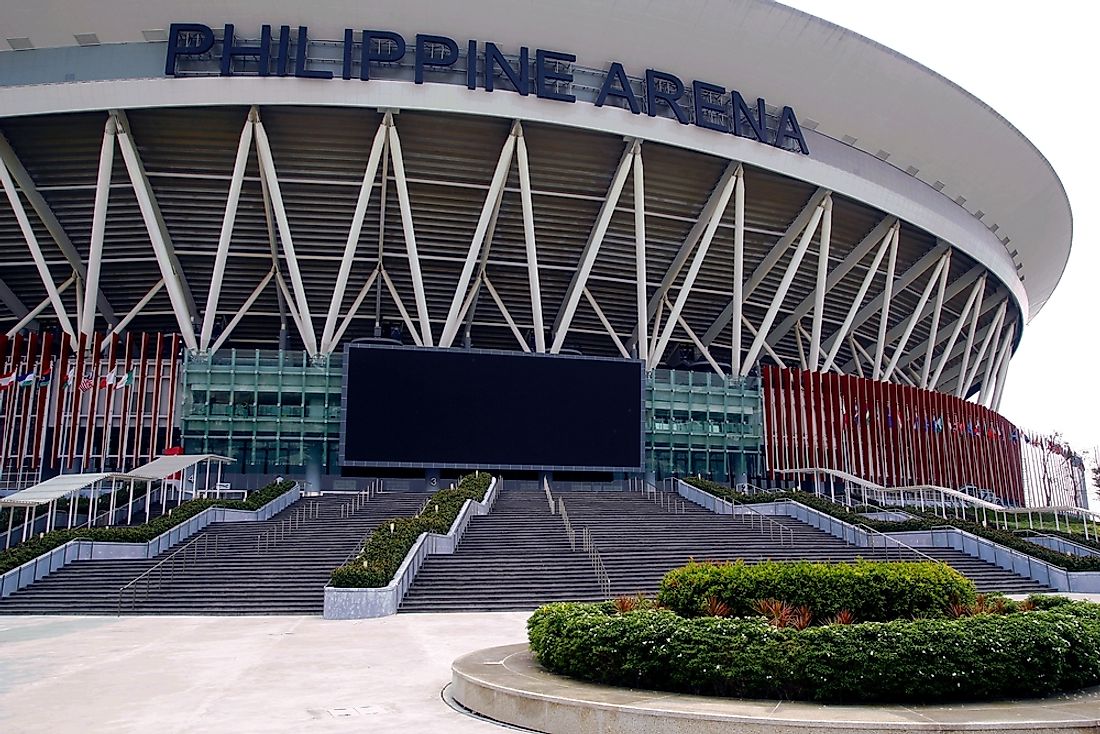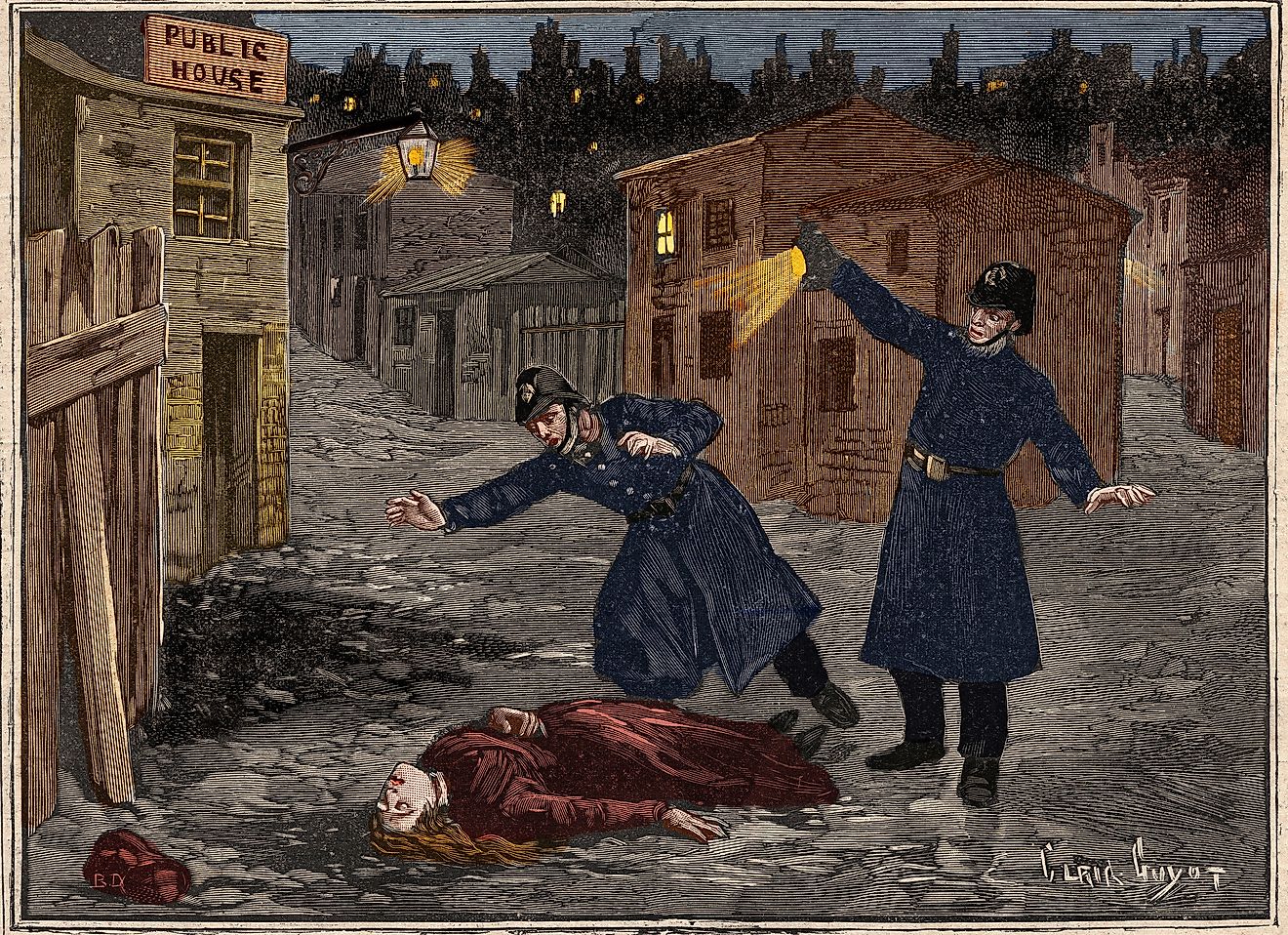What is the Friction of Distance?

The friction of distance implies that the length of the journey (distance) and its difficulty are a consequence of the energy and resources like money needed to complete the journey. Besides time, the cost to cover distance also increases if the distance and the friction are increased. Distance covered and the friction equals the time taken to complete the journey. If the friction is fixed, the time becomes limited up to a certain point whereas the distance becomes fixed too. If friction to cover a particular distance is reduced, the time is taken to complete the distance definitely reduces.
Reduction of the Friction of Distance
If friction is reduced, it becomes easier to move from one point to another, not forgetting that the time taken and costs are reduced. If we save the time and money, the saved resources could be used on another journey or to cover even a longer distance. With frequent movement from point to another through saving of time and money, interactions between the two locations tend to increase, bringing in the concept of time-space convergence. Time-space convergence focuses on the distance that can be covered in a specific amount of time.
Different means of transport take different spans of time to cover a specific distance. Generally, time-space convergence looks into how a means of transport can travel longer distances in a short period of time. Some means like jets reduce the friction of distance which allows them to cover longer distances in a shorter period of time compared to other means like ships, rail, and road transport. However, as the air means tend to cover longer distances in shorter periods of time, their costs become higher. For other means like ship and rail, although they take longer to cover shorter distances, they are cost-effective.
Applications of Friction of Distance
Sometimes, the distance covered to accomplish an economic activity may have little or no effect on time and energy. These rare economic activities are affected by costs of the activity rather than the cost of the distance. These activities may include but not limited to telecommunication services, postal services, and telephone services. Normally, these services have fixed charges. However, the charges do vary a little with a change of region.
Some services are directly proportional to the distance or cost covered. For instance, companies offering passenger transport increase fares as the distance covered increases. This too implies to the use of fuel. The longer the distance covered, the more fuel is utilized.
Freight distribution and international airplane services are some of the services that put the non-linear effects of distance into practice. Freight distribution costs are non-linear from the terminals to their distribution centers. The costs of courier delivery and passengers’ transportation costs in airplanes are not always proportional to the distance covered. The cost is calculated from one region to another. This is most likely due to the large carrying capacity and the efficiency of fuel consumption of the planes.
In water transportation, the friction of distance is increased because a lot of effort and energy is used to load and offload goods from the water vessels.











